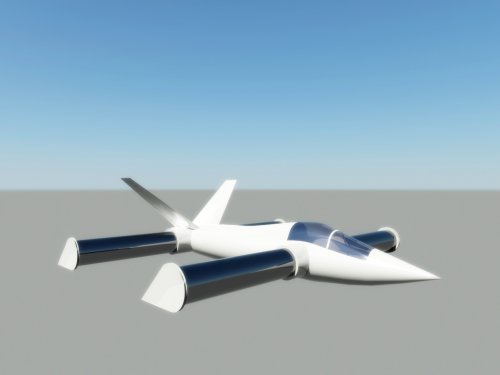lippischh
ACCESS: Secret
Hi, i just wanted to show you this design that i've a year ago when i started with 3D so i don't expect critics, otherwise your opinion is very welcome on the idea.
for those who ignore it when a rotating cylinder or ball is in front of an airflow it produces a pressure gradient which means lift, its called the Magnus effect, see the illustration :

for those who ignore it when a rotating cylinder or ball is in front of an airflow it produces a pressure gradient which means lift, its called the Magnus effect, see the illustration :


